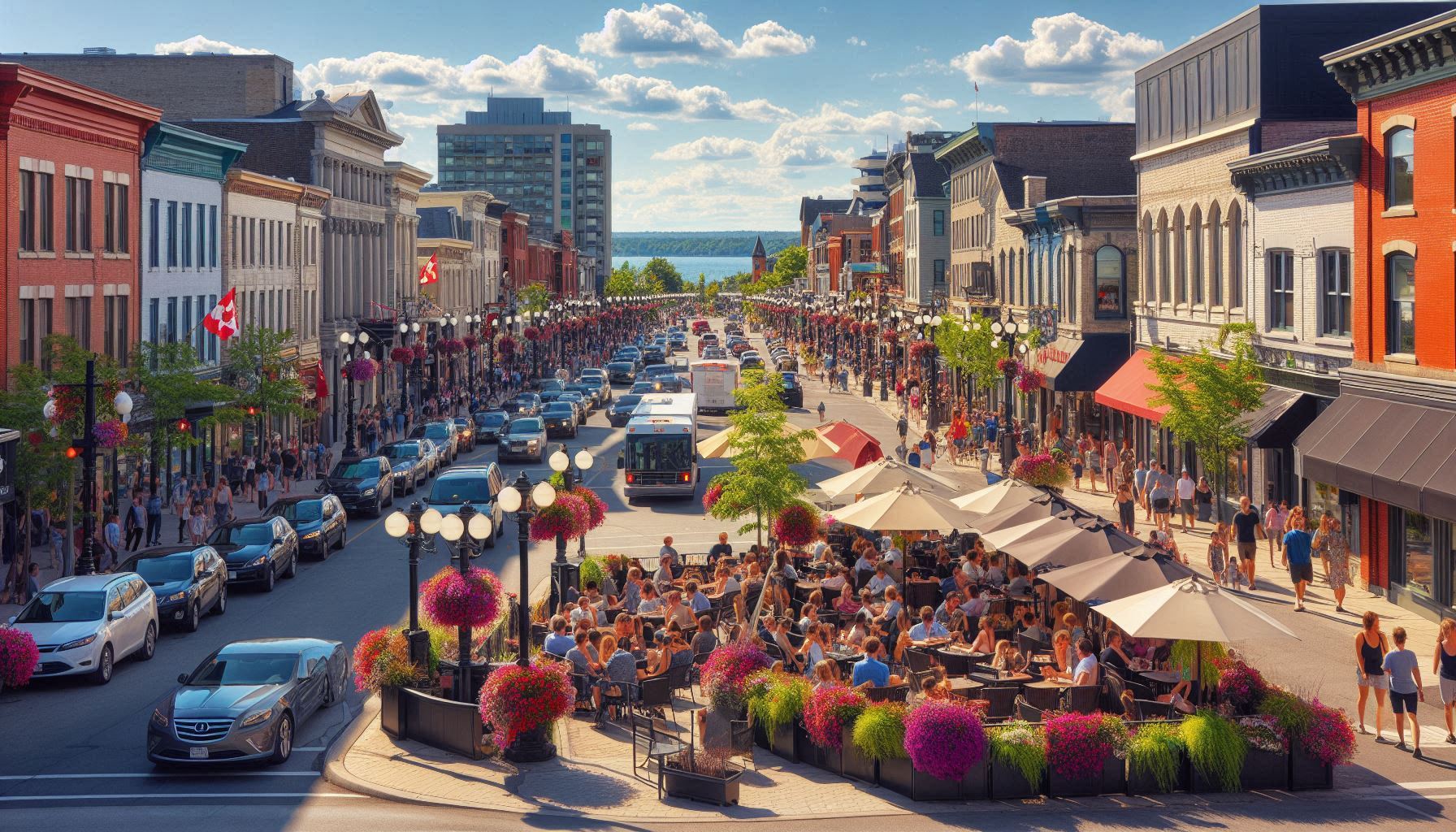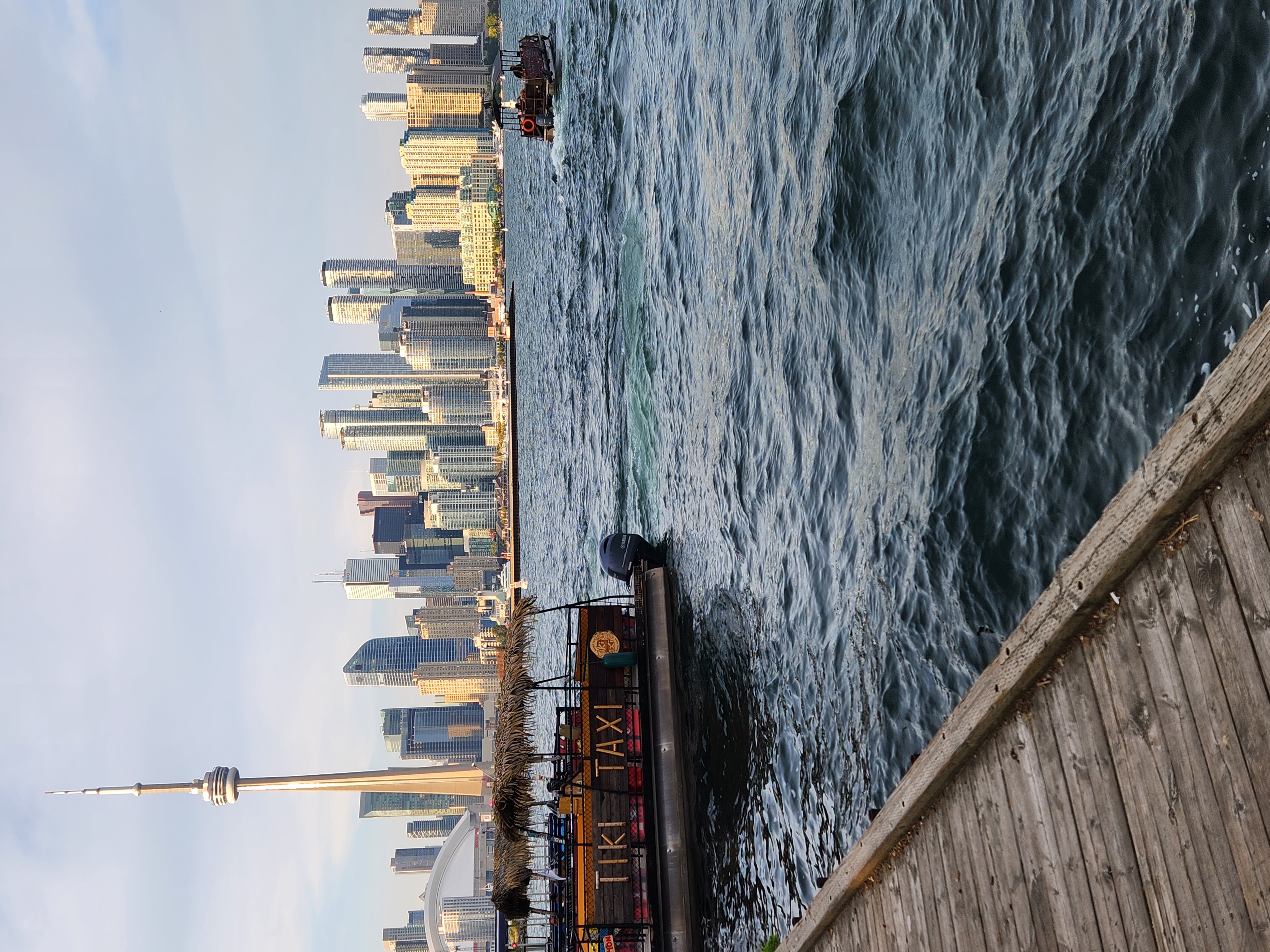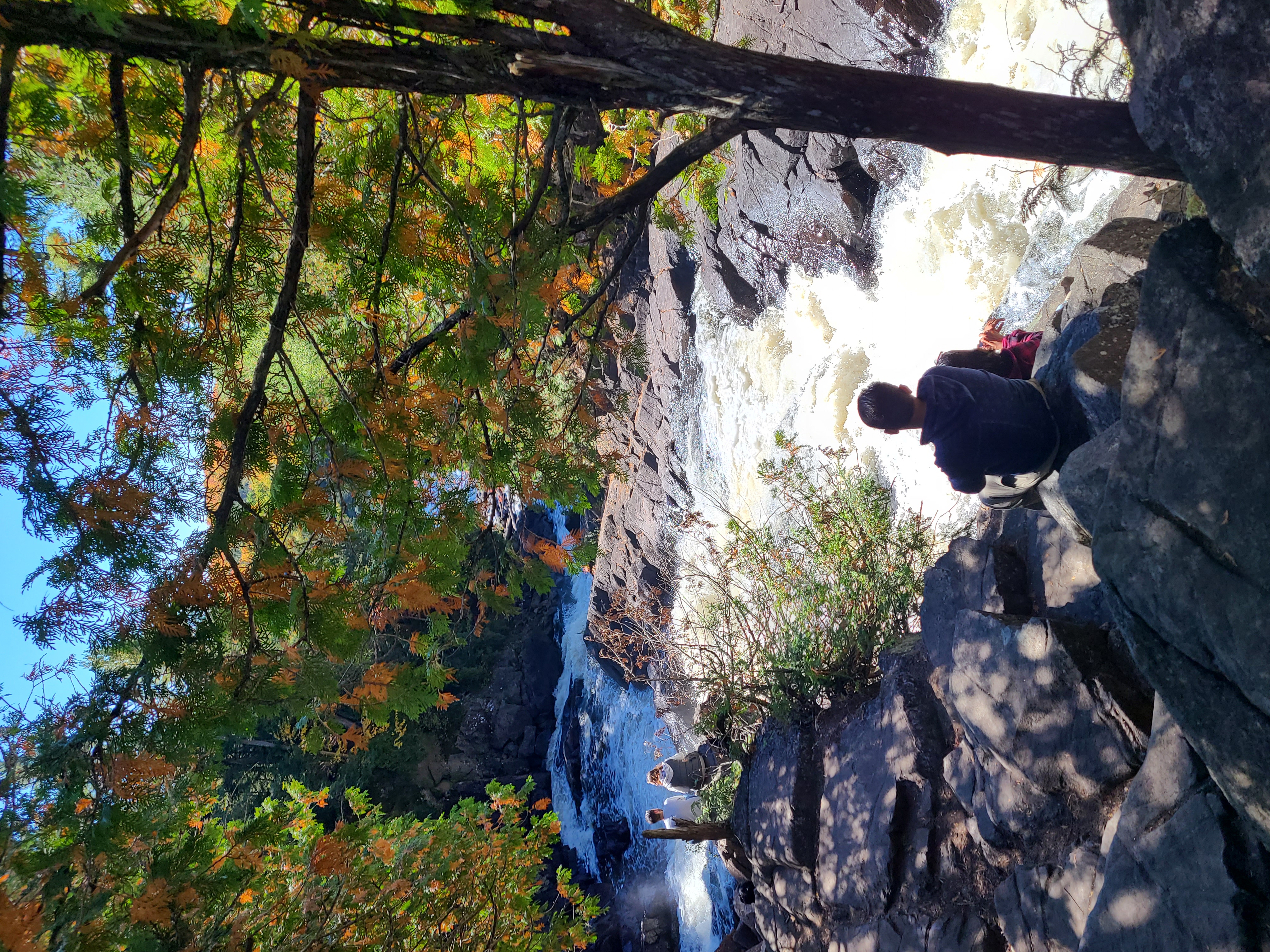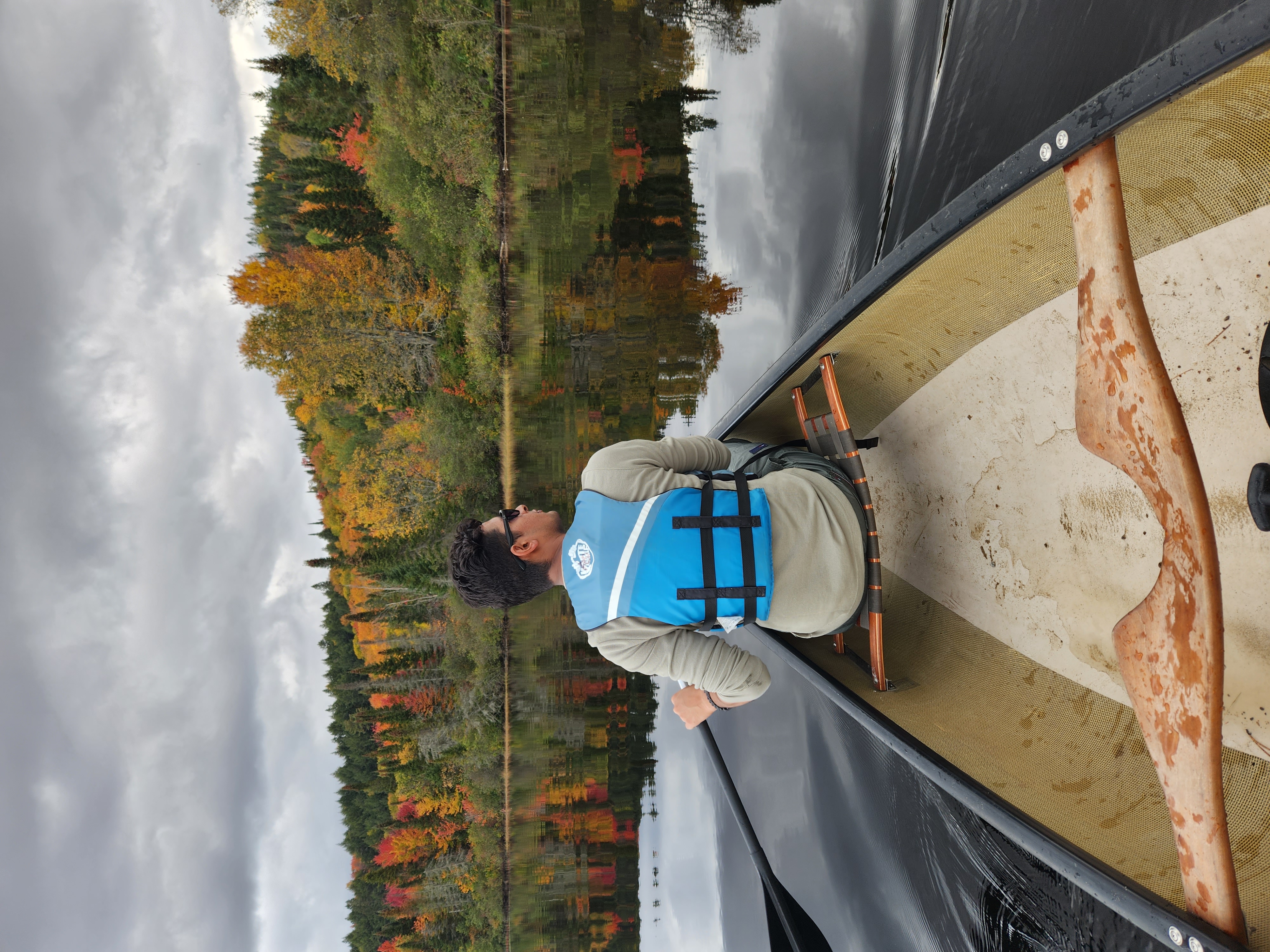Ontario, Canada’s most populous province, stands at a pivotal moment in its economic journey. With aspirations to achieve a $4 trillion GDP by 2050, leveraging its robust tourism potential is no longer a choice but a necessity. Blessed with a diverse landscape, rich cultural heritage, and vibrant urban centers, Ontario’s tourism industry can be a cornerstone of this ambitious target. Here, we explore how the top 10 cities in Ontario can synergize their unique offerings to create a world-class tourism ecosystem.
1. Toronto: The Global Metropolis
As Ontario's capital and Canada’s largest city, Toronto is a melting pot of cultures, innovation, and entertainment. Already a global tourist magnet with attractions like the CN Tower, Royal Ontario Museum, and vibrant neighborhoods like Kensington Market, Toronto can elevate its tourism game by expanding its infrastructure for mega-events, fostering culinary tourism, and creating sustainable urban tourism hubs.
Key Contribution: Positioning as the gateway city for international tourists, fostering longer stays and repeat visits.
2. Niagara Falls: The Natural Wonder
Niagara Falls is synonymous with Canadian tourism. The iconic waterfalls draw millions annually, but the city can further amplify its impact by diversifying attractions. Expanding adventure tourism, wine tours in the Niagara region, and eco-tourism initiatives could transform Niagara Falls into a year-round destination.
Key Contribution: Anchor for nature tourism and experiential luxury travel.
3. Ottawa: The Nation’s Capital
Ottawa combines historical depth with cultural vibrancy. The Rideau Canal, Parliament Hill, and national museums provide a solid foundation. By integrating technology into its tourism offerings—think augmented reality tours and interactive exhibits—Ottawa can redefine educational tourism and attract younger audiences.
Key Contribution: Leader in cultural and heritage tourism.
4. Kingston: Canada’s Limestone City
Kingston, with its waterfront charm and historical significance, can serve as a pivotal node for Ontario’s tourism strategy. The city’s Fort Henry, Thousand Islands, and thriving arts scene offer unique experiences. Expanding its marina facilities and leveraging its position as a hub for sailing and river cruises can elevate Kingston’s profile.
Key Contribution: Maritime tourism and gateway to the Thousand Islands.
5. Hamilton: The Steel City Reimagined
Hamilton has undergone a cultural renaissance, evolving from an industrial hub to a hotspot for art, food, and nature. The Royal Botanical Gardens, Dundurn Castle, and hiking trails in the Niagara Escarpment are highlights. Investments in green tourism and creative industries could further solidify its role.
Key Contribution: Eco-tourism and creative cultural experiences.
6. London: The Forest City
Situated in southwestern Ontario, London boasts a rich history, serene parks, and a growing festival scene. Events like Sunfest and its proximity to the Lake Erie shoreline make London a rising star. Developing its health and wellness tourism sector can add a new dimension.
Key Contribution: Festival tourism and wellness retreats.
7. Windsor: Canada’s Automotive Capital
Windsor, bordering Detroit, offers a unique mix of Canadian hospitality and American proximity. The city’s wineries, waterfront parks, and historical sites like Fort Malden have untapped potential. Enhanced cross-border packages and promoting its culinary scene can boost Windsor’s appeal.
Key Contribution: Cross-border tourism and regional culinary tourism.
8. Thunder Bay: Gateway to the North
Thunder Bay is Ontario’s doorway to pristine wilderness. Its attractions like Sleeping Giant Provincial Park and Kakabeka Falls provide unparalleled outdoor experiences. By developing Indigenous tourism and adventure sports, Thunder Bay can become a cornerstone of Northern Ontario’s tourism strategy.
Key Contribution: Outdoor adventure and Indigenous cultural experiences.
9. Sudbury: A Science and Nature Hub
Sudbury, home to the iconic Science North and dynamic mining heritage, offers a unique tourism narrative. Expanding science tourism and integrating outdoor adventures in nearby lakes and trails can reposition Sudbury as a must-visit destination.
Key Contribution: Educational tourism and mining heritage experiences.
10. Barrie: A Gateway to Cottage Country
Barrie, with its proximity to Lake Simcoe and Georgian Bay, serves as a natural gateway to Ontario’s cottage country. Enhancing waterfront activities, winter sports, and culinary events can make Barrie a year-round tourist hotspot.
Key Contribution: Year-round adventure and gateway to rural tourism.
The Path Forward: A Unified Strategy
To realize a $4 trillion GDP by 2050, Ontario’s tourism must align with broader economic goals:
Sustainability: Prioritize eco-friendly practices and infrastructure across cities.
Technology Integration: Utilize AI, AR, and IoT to enhance visitor experiences.
Collaborative Marketing: Launch unified campaigns to position Ontario as a global tourism destination.
Infrastructure Development: Invest in transport connectivity, hotels, and public amenities.
Cultural Inclusion: Highlight Indigenous tourism and diverse cultural narratives.
Ontario’s potential is immense. By harnessing the unique strengths of its top cities, the province can attract global travelers, boost local economies, and achieve its ambitious GDP target. The journey to 2050 begins today—with collaboration, innovation, and a commitment to showcasing Ontario’s unparalleled beauty and culture to the world.













